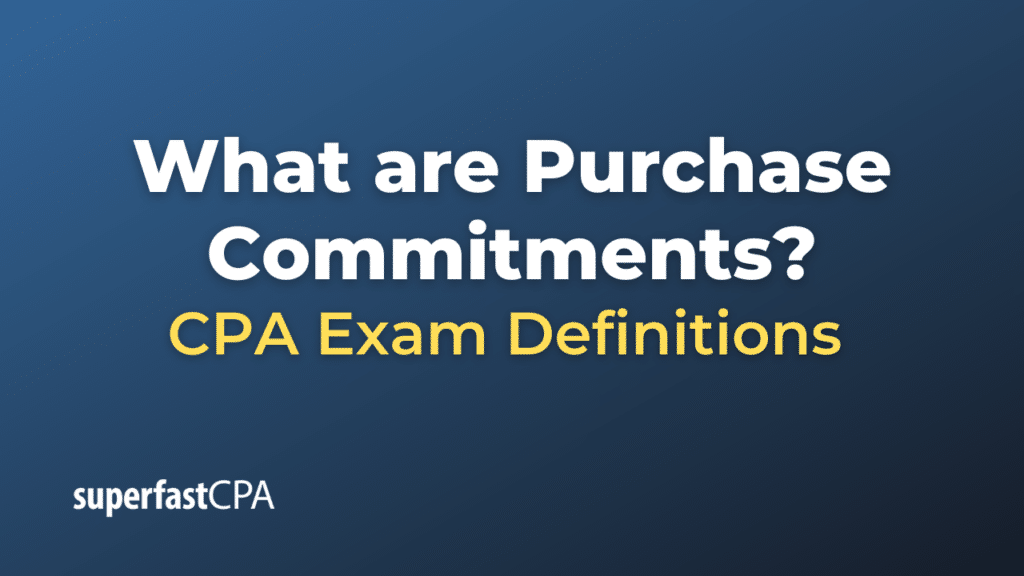Purchase Commitments
Purchase commitments refer to agreements that a buyer enters into, obligating them to buy a certain amount of goods or services from a seller in the future. These commitments are typically formal, legally binding contracts, and can have specified conditions such as delivery dates, quantities, and prices.
These agreements can offer various advantages, including price protection against future price increases, assured supply of goods, and better planning and control over future costs. However, they can also pose risks if market prices fall below the committed price or if the buyer’s needs change before the delivery date.
Let’s consider an example. Suppose a bakery commits to buying 500 sacks of flour each month for the next 12 months from a supplier at a price of $20 per sack. This is a purchase commitment because the bakery is obligated to buy a certain quantity of flour at a specific price in the future. If the bakery fails to honor this commitment, there may be legal or financial consequences.
On the financial statements, if the market price of the goods falls significantly below the price stipulated in the contract, the company might have to report a liability for the expected loss on the purchase commitment. If the market price is higher than the contracted price, however, the company typically would not reflect this as a gain until the goods are received and used in operations.
Example of Purchase Commitments
Let’s say that a computer manufacturing company predicts that it will need 10,000 units of a specific computer chip over the next year. To ensure supply and lock in a favorable price, the company enters into a purchase commitment with a supplier to buy 10,000 chips at a price of $50 each over the next 12 months.
Here’s how this would work:
- The total value of this purchase commitment is $500,000 (10,000 chips x $50/chip).
- The company would then schedule deliveries throughout the year, for example, 833 chips per month.
This kind of purchase commitment has several benefits. It helps the company budget for its costs, ensures that it has a steady supply of the necessary chips, and protects it from any potential price increases.
However, there’s also a risk. If the market price of these chips drops to $40 before the company has received all its shipments, it would still be obligated to pay the higher price as per the purchase commitment. This would lead to an unrealized loss of $10 per chip. In case of a significant drop in the market price, the company would need to recognize a loss in its financial statements reflecting the obligation to buy the goods at above-market prices.













